 Rate Shaping through Feature Analysis
Rate Shaping through Feature Analysis
System Overview
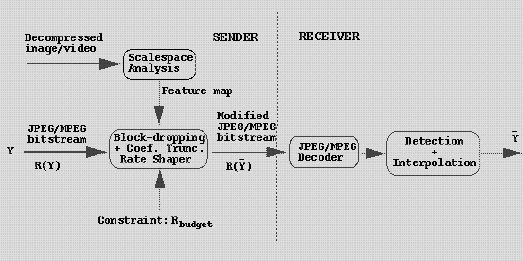
Figure 1: The proposed system diagram. The output bit rate of the rate
shaper R(Y) should not exceed the bit rate constraint R_{budget}, which
could vary with time.
Feature Analysis
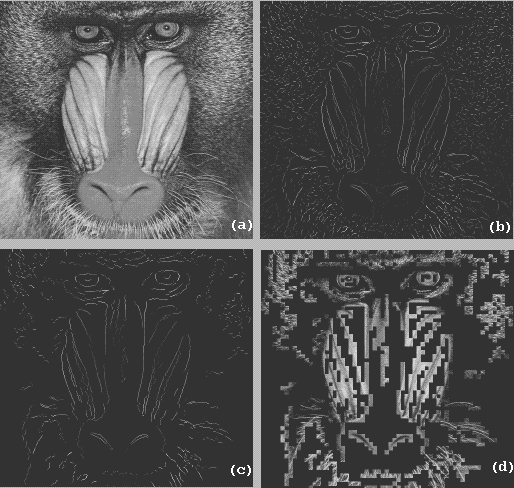
Figure 2: The image contours of (a) at a scale is shown in (b).
The bottom row is the result of thresholding on importance(C) for every
contour C: (c) the remaining contours, and (d) the corresponding
image blocks.
Comparison of Different Approaches
Comparison of different rate shaping approaches
for ``baboon" image, pre-compressed by JPEG at 1.3 bpp.
In these graphs, the upper envelops of the solid lines are the
optimal solutions.
JPEG Example
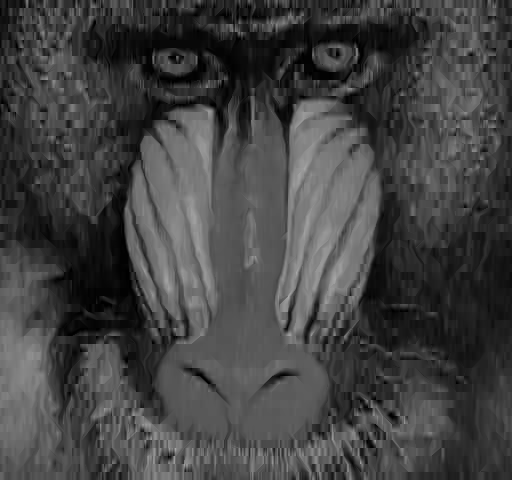
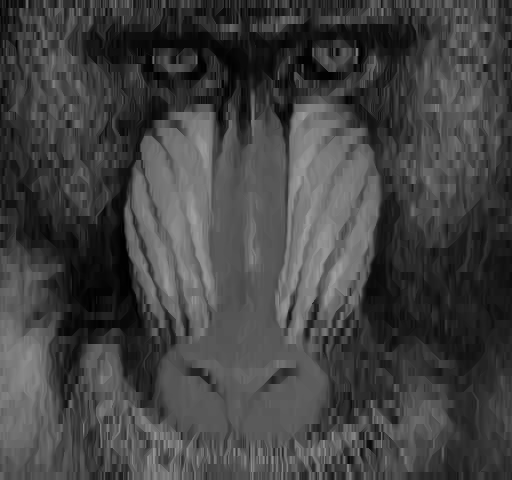
Figure 3: Reconstructed ``baboon" images, pre-compressed
by JPEG at 1.3 bpp, and rate-shaped at
0.367 bpp. Top: block-dropping+adaptive coefficient truncation scheme,
PSNR=21.66 dB; Bottom: block-dropping+nonadaptive
coefficient truncation scheme, PSNR=21.37 dB.
MPEG Example
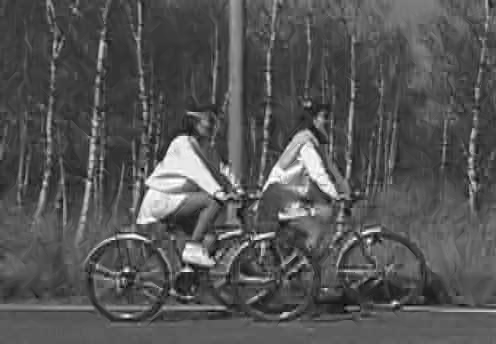
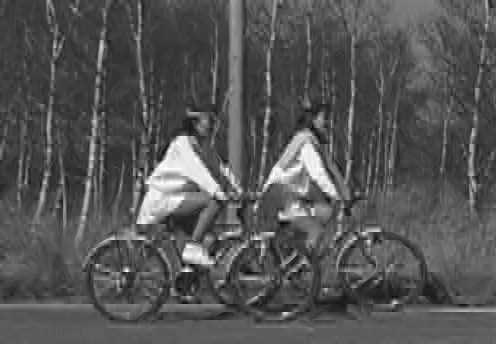
Figure 5: Reconstructed I frames (luminance only) of the ``Bicycle" sequence,
precompressed by MPEG at 1.0 bpp, and rate-shaped at 0.51 bpp. Top:
block-dropping+adaptive coefficient truncation scheme,
PSNR=26.87 dB; Bottom: block-dropping+nonadaptive coefficient
truncation scheme, PSNR=25.54 dB.
People:
References:
Acknowledgements:
Last update : Dec. 28, 1996.
If images on this page look dark to you, see the note about
gamma correction.
back to the main page
 Rate Shaping through Feature Analysis
Rate Shaping through Feature Analysis Rate Shaping through Feature Analysis
Rate Shaping through Feature Analysis




